Learning to Love Human Traces in Wild Places

I found photography the summer before college, and slowly my childhood fascination with nature matured into a passion. With my mother’s SLR with a macro lens, I began by capturing the aesthetically pleasing pictures within my immediate surroundings: sunsets, flowers in mother’s garden, local parks and waterfalls, city skylines, and wildlife. At first I didn’t look for humans in nature, but over time I came to understand that excluding human influence from my images in an attempt to portray beauty was an inaccurate representation.
An environmental geography course led me to Peter Goin’s book, Humanature. Goin provided a realistic view of the contemporary landscape that I had not yet seen, one that presented a new form of beauty created by the blending of humans and their influences on the landscape. It was this intersection that caused me to apply critical thinking to my own images and adopt a new aesthetic.
From your backyard garden to our nation’s first national park, we are all simultaneously witnesses and contributors to the intertwined relationship between humans and the environment. All around us, the impulse to control our surroundings versus the need to nurture organic life is on constant display. Take, for example the Lake Renwick Nature Preserve in Illinois, where sprawl and development eliminated the original trees, but nesting platforms have been erected in their place.
The images that follow feature hybrid landscapes I have experienced while exploring state and federal parks around the country. The altered landscape is embraced, representing human interventions as an artistic quality. Visitors cannot help but cast stones into the cracked mud surrounding a bubbling mud pot in Yellowstone, leaving behind a physical impression. Bison and elk still return to their grazing grounds despite tourist development. Beautiful painted hills in Navajo Tribal Land are scarred by the momentary enjoyment of off-road motorists.
My Humanature series is contemporary nature photography, the byproduct of humankind’s attempts to manipulate, duplicate, and imitate nature to suit its needs. Humanature is an exploration of the perceived edges and physical intersections of applied technology in the natural world. These applications not only actively control the objects within their space, but also the space surrounding them, altering the future of the landscape. As time elapses and the space continues to be inhabited, the landscape continues to evolve, its appearance no more than a reflection of the various pressures applied to it over time.
Click images below to enlarge. All photographs by Nathan Destro, NPD Media.
Featured image: Glen Canyon National Recreation Area
Nathan Peter Destro is a visual artist, professional media specialist, husband, and soon-to-be father based out of Chicago. Photography is his primary medium of choice, but he is also implementing motion and new media to work on commercial projects and interactive artworks. Nathan loves the outdoors, the environment, and actively influences those around him to have an appreciation for nature, to lessen their impact on the environment through lifestyle changes, and to leave the Earth better than they found it. Contact. Website. Instagram.
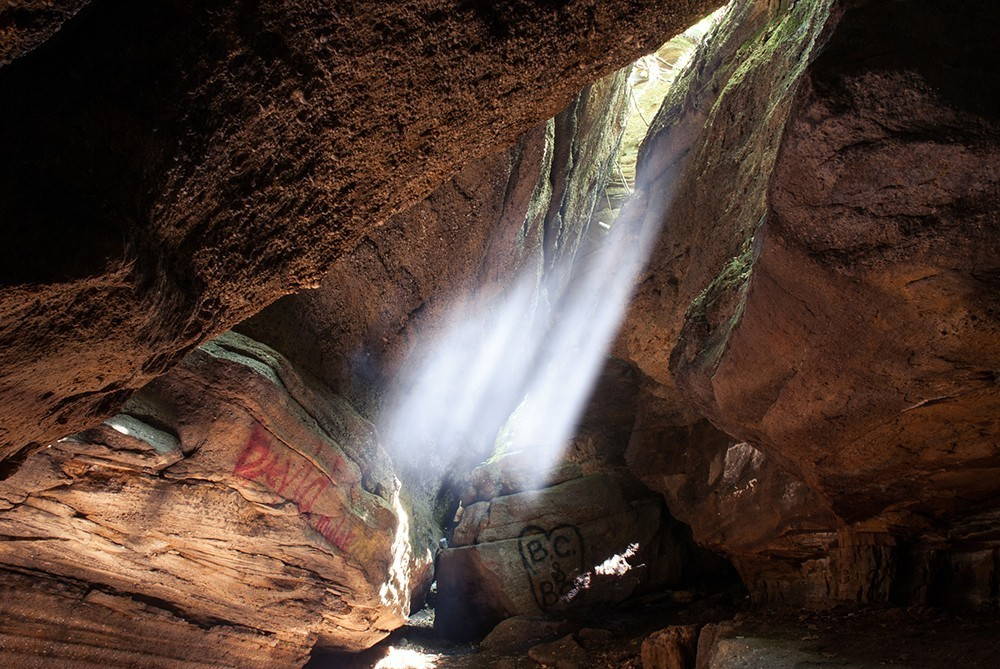
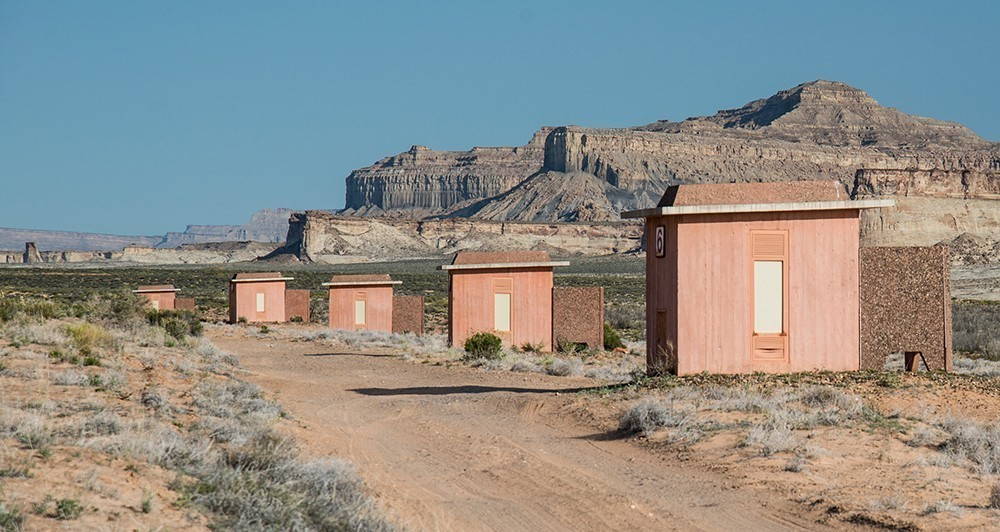
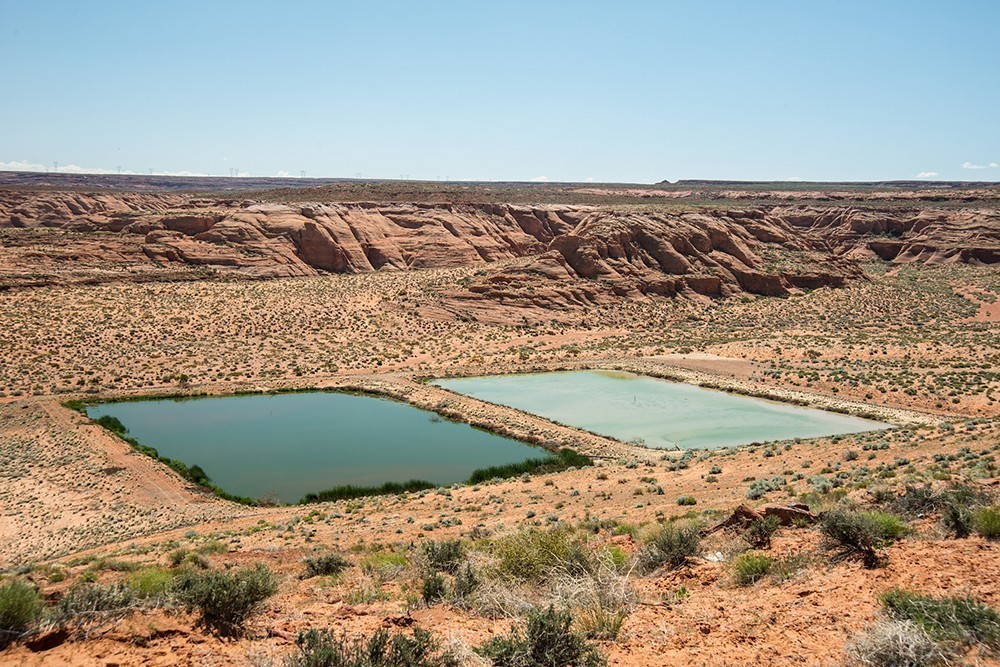

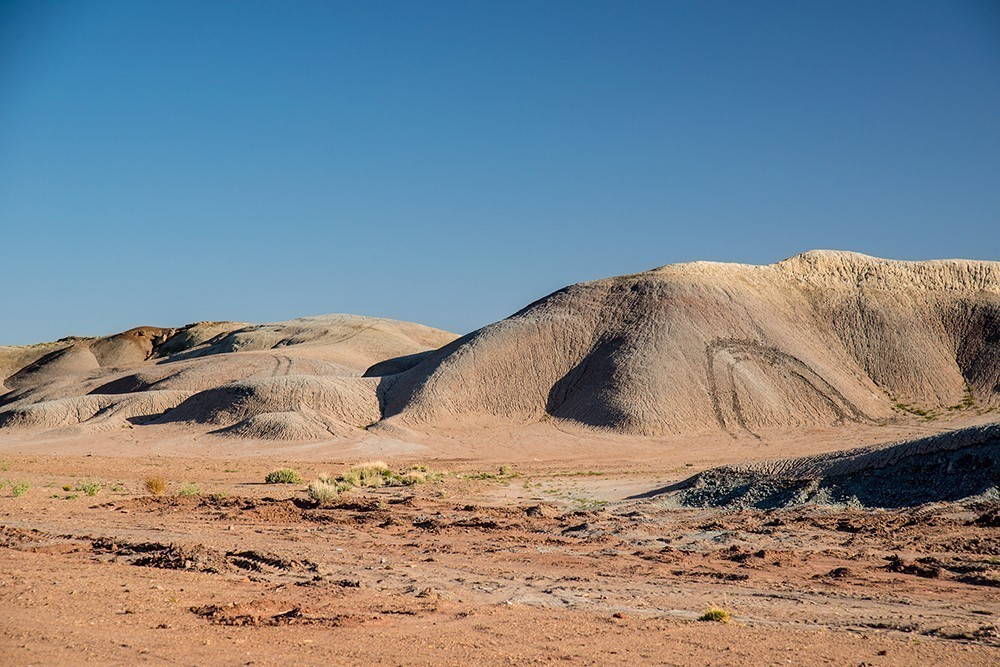

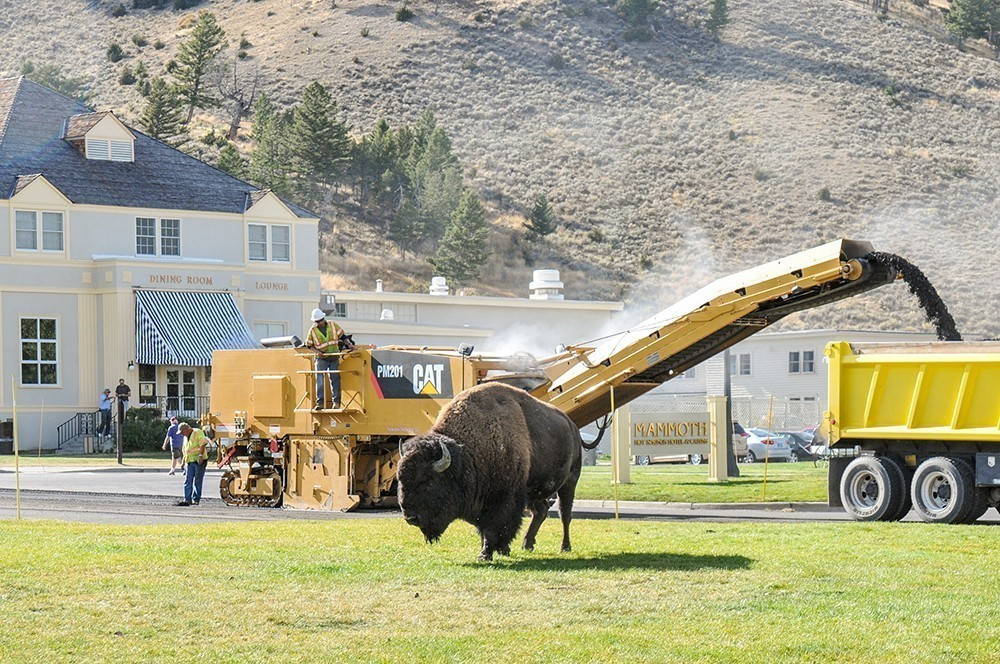
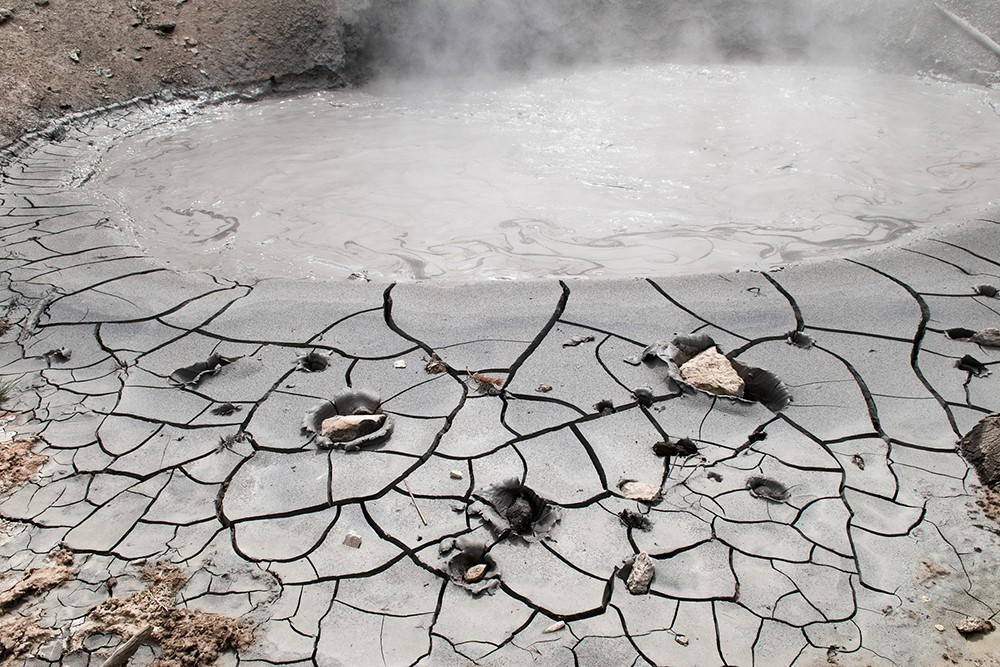
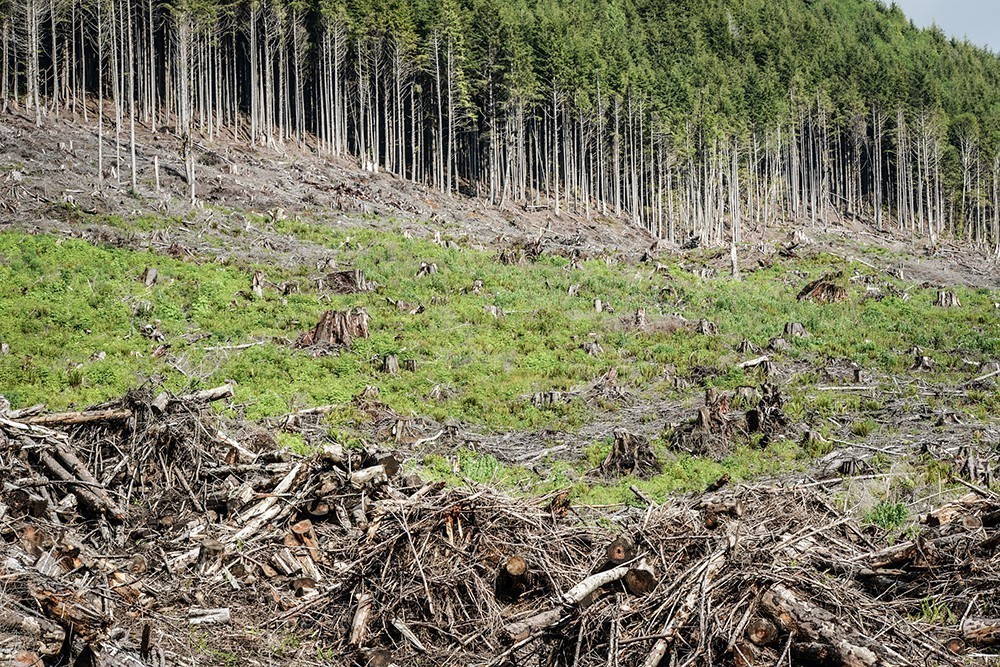
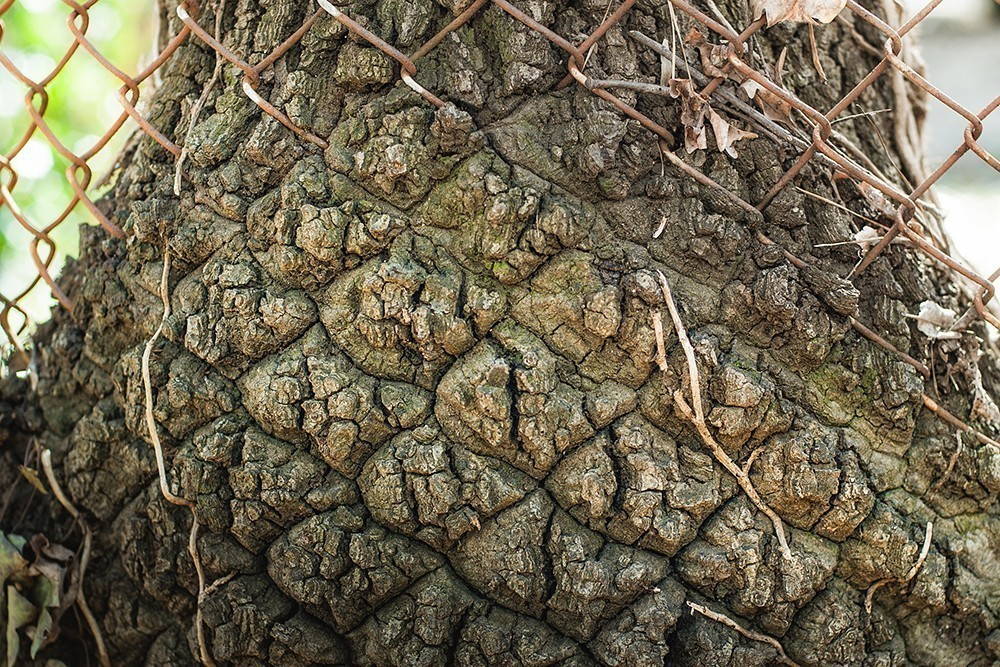


I grew up in Ohio in what is now the Cuyahoga Valley National Park (and I did my undergrad at Hiram College, not far from Nelson’s Ledges). I enjoyed your piece and I look forward to reading the Goins book you recommended — but I disagree with your statement that people “cannot help” throwing stones in the mud at Yellowstone. Yes, they can–they just don’t. I still experience a huge wave of irritation and frustration at the way people “leave their mark” on these places–there are spots at Brandywine Falls where kids carved initials in the stone back in the 1970s…which I suppose you can only see if you climb what passes for a fence (like I did in the late 80s, when it was still privately owned). The Ken Burns documentary on the National Parks has some spots that deal with the ways that the Park Service was developed to help curb people’s enthusiasm for wrecking the places they visited in Yellowstone. If you’re ever back in Ohio to visit, I recommend the Ledges Overlook and Brandywine Falls. I spent a lot of time there as a teenager and college student before I moved away. https://www.nps.gov/cuva/planyourvisit/recommended-hikes.htm
Interesting observation of the world we live in. Accepting the greater frame and still finding the beauty is a powerful concept to embrace versus cropping out what we don’t want to see.